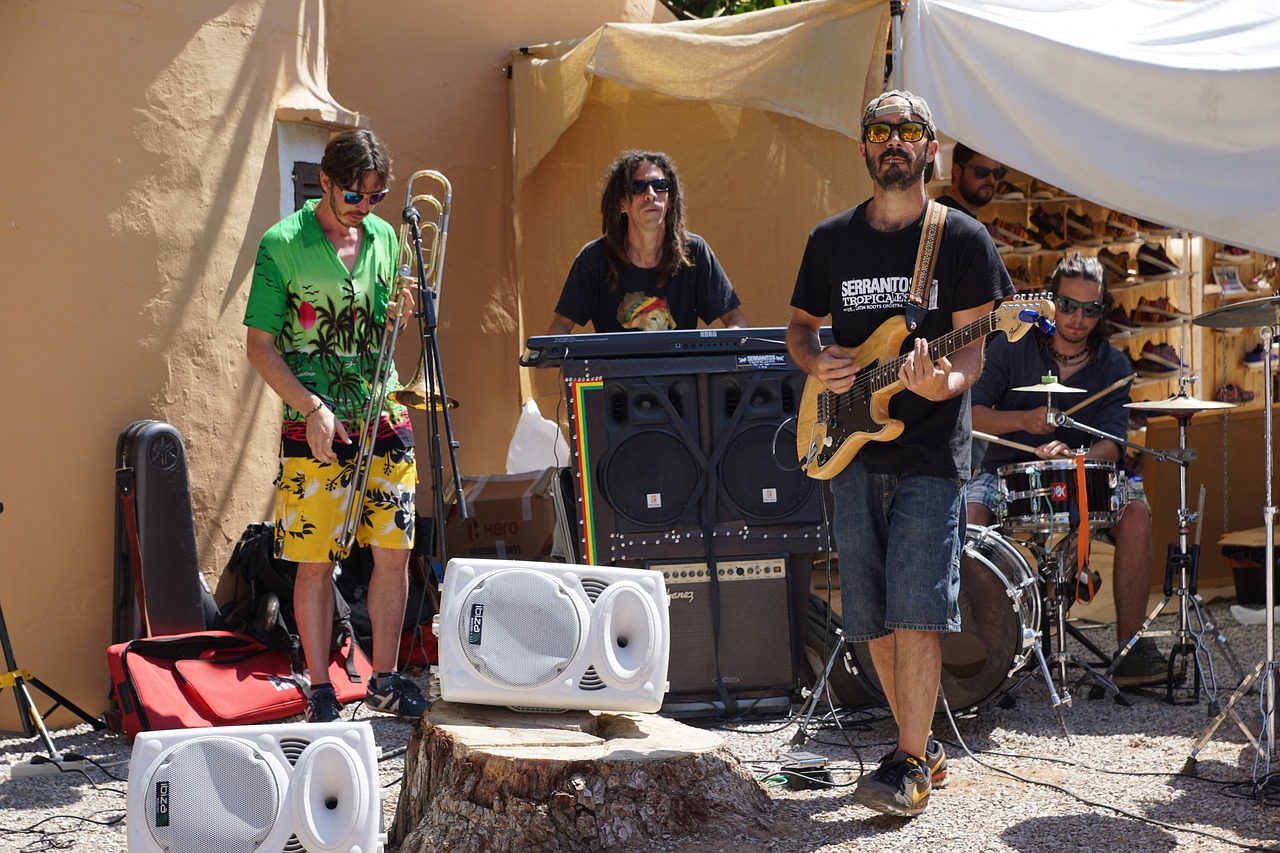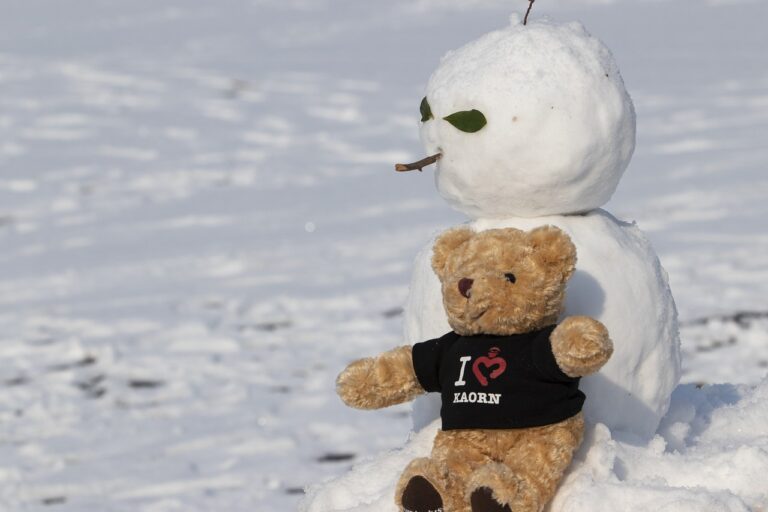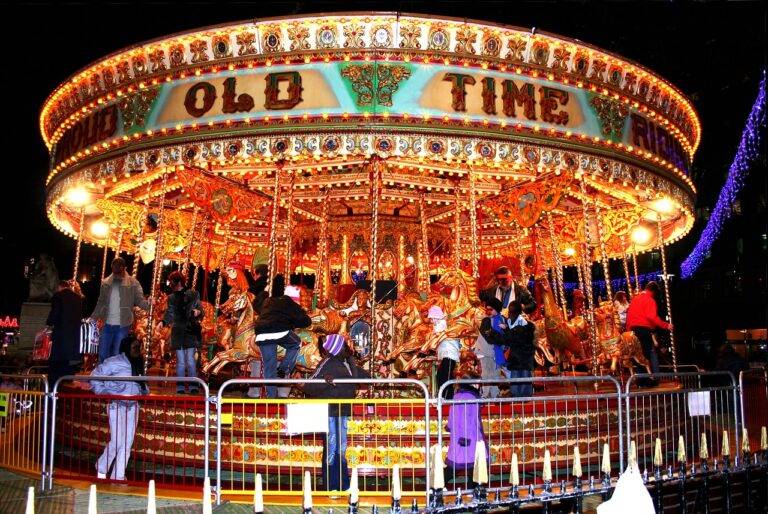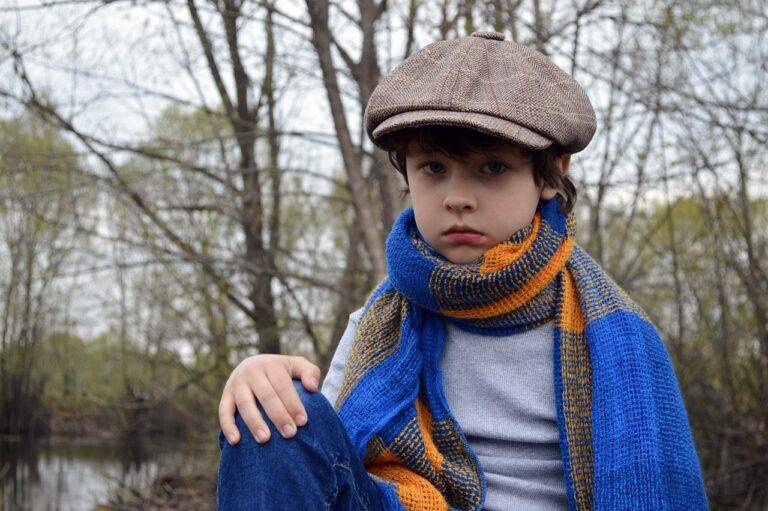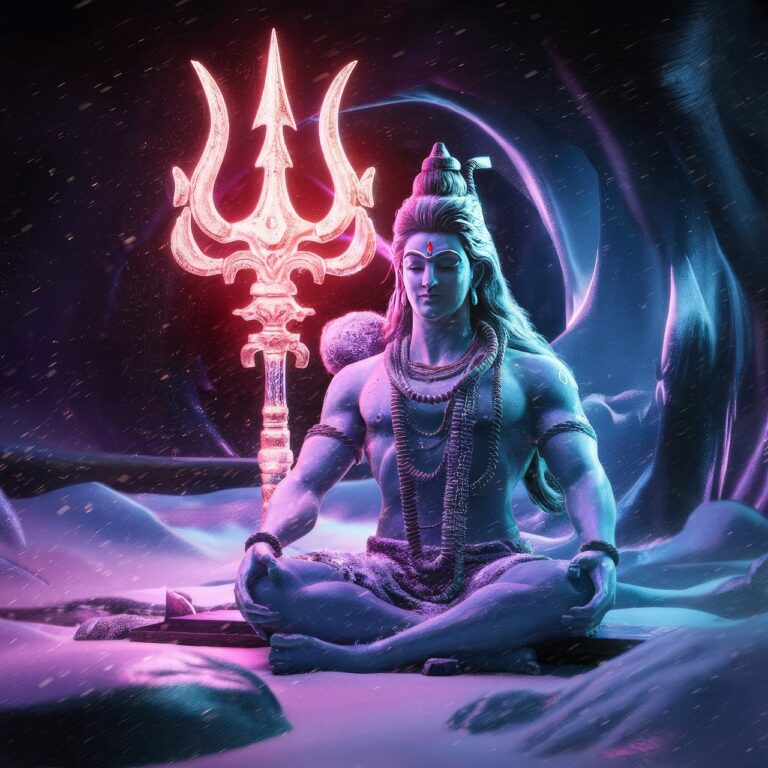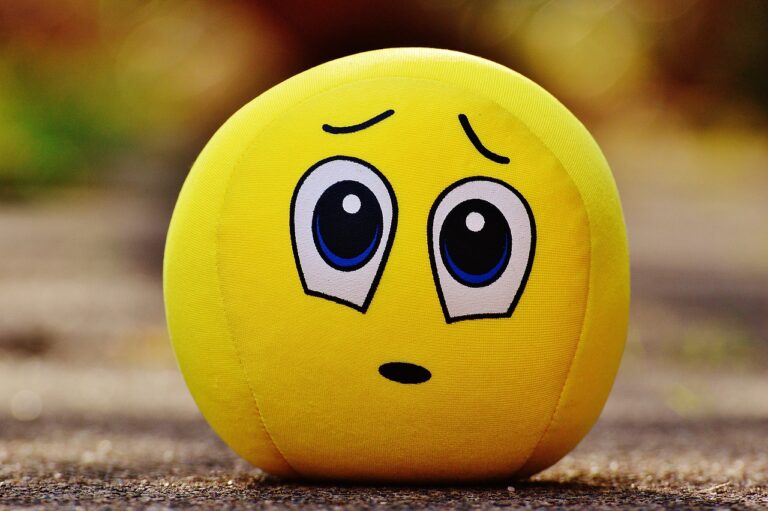The Cultural Significance of Cosplay: From Fandom to Art Form
Cosplay, short for costume play, is a popular form of performance art where participants, known as cosplayers, dress up in intricate costumes and accessories to portray characters from various genres, such as anime, manga, video games, and movies. These costumes are often meticulously crafted and detailed, with cosplayers dedicating hours of time and effort to create an authentic representation of their chosen character.
The practice of cosplay is not merely about wearing a costume, but also about embodying the character through mannerisms, poses, and expressions. Cosplayers often attend conventions and events dedicated to cosplay, where they can showcase their creations, participate in competitions, and meet like-minded individuals who share their passion for dressing up as fictional characters. The community aspect of cosplay is a significant draw for many participants, fostering a sense of camaraderie and creativity among fans of pop culture.
Origins of Cosplay
Cosplay, a portmanteau of the words “costume” and “play,” has grown into a popular hobby and form of self-expression around the world. While it may seem like a recent phenomenon, the origins of cosplay can be traced back to the early 20th century in Europe. It was during this time that people began dressing up as characters from literature, folklore, and history for various events and celebrations.
However, it wasn’t until the 1930s in America that cosplay started to take on a more recognizable form with the emergence of science fiction and fantasy conventions. Attendees of these conventions would don costumes inspired by their favorite characters from books, movies, and comics. This marked the beginning of a subculture that would continue to grow and evolve over the decades to come.
Evolution of Cosplay in Pop Culture
In recent years, cosplay has become a prominent feature in popular culture, with dedicated conventions and events attracting enthusiasts from around the world. The evolution of cosplay in pop culture can be traced back to its humble beginnings as a niche hobby to its current status as a mainstream form of self-expression and creativity.
The rise of social media platforms like Instagram and TikTok has further propelled the popularity of cosplay, allowing enthusiasts to showcase their elaborate costumes and skills to a global audience. With influencers and celebrities also participating in cosplay, the practice has gained even more traction in mainstream media and has helped to normalize and celebrate this unique art form.
• Cosplay has become a prominent feature in popular culture
• Dedicated conventions and events attract enthusiasts from around the world
• Evolution of cosplay can be traced back to its humble beginnings as a niche hobby
• Current status is as a mainstream form of self-expression and creativity
• Social media platforms like Instagram and TikTok have propelled the popularity of cosplay
• Enthusiasts can showcase their elaborate costumes and skills to a global audience
• Influencers and celebrities participating in cosplay have helped normalize and celebrate this unique art form
What is cosplay?
Cosplay is a form of performance art where individuals dress up in costumes and accessories to represent a specific character from a movie, TV show, comic book, video game, or other forms of media.
When did cosplay originate?
Cosplay originated in the 1930s in the United States, with fans dressing up as characters from science fiction and fantasy literature at conventions and events.
How has cosplay evolved in pop culture over the years?
Cosplay has become increasingly popular and mainstream in pop culture, with conventions dedicated to cosplay drawing thousands of attendees from around the world. Social media has also played a significant role in the growth of cosplay, allowing cosplayers to share their costumes and connect with other fans online. Cosplay has also become more diverse and inclusive, with individuals of all ages, genders, and backgrounds participating in the hobby.

